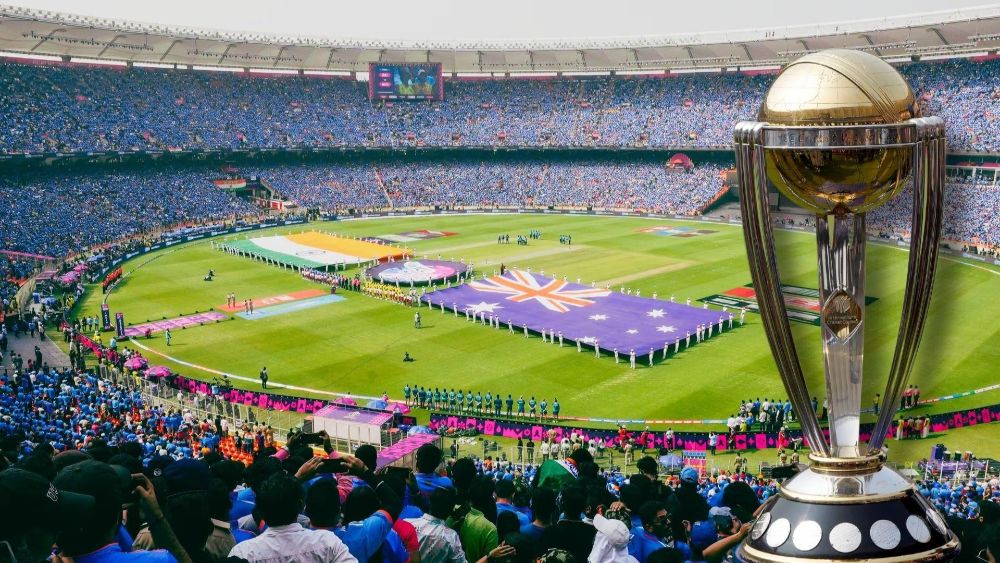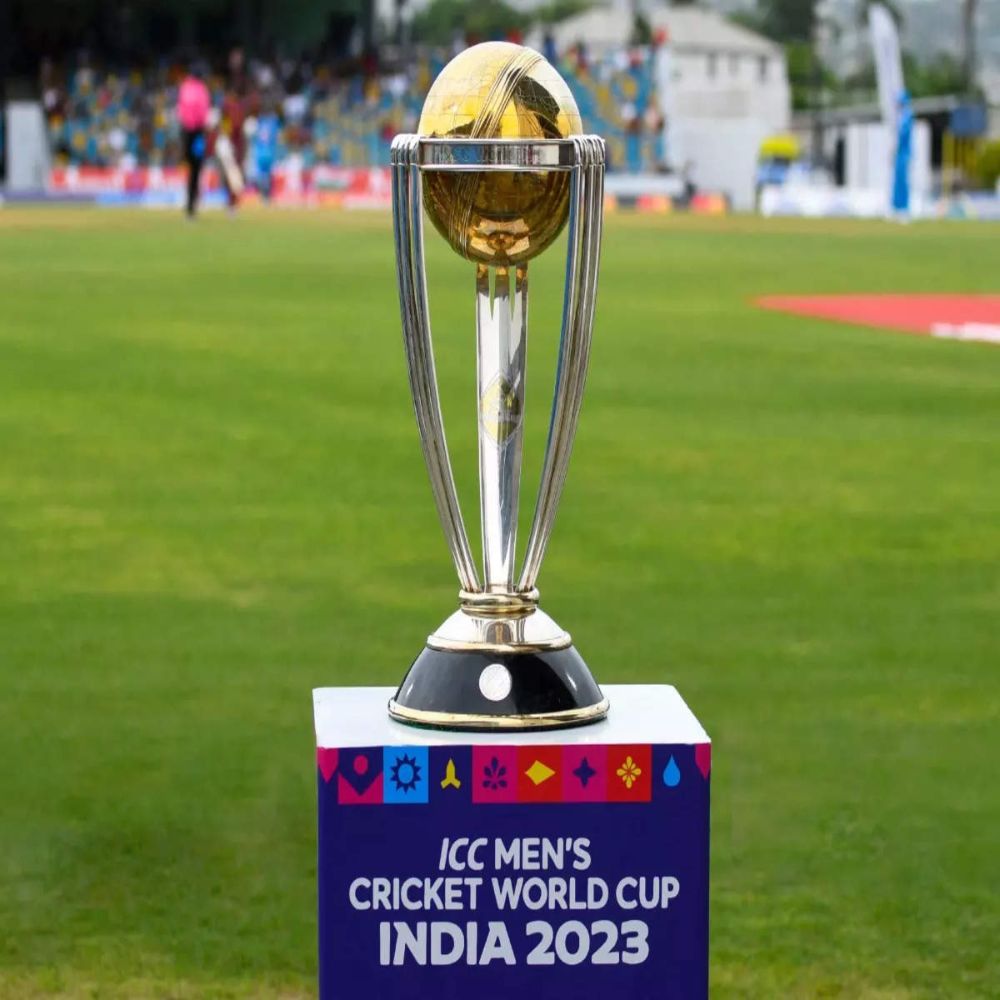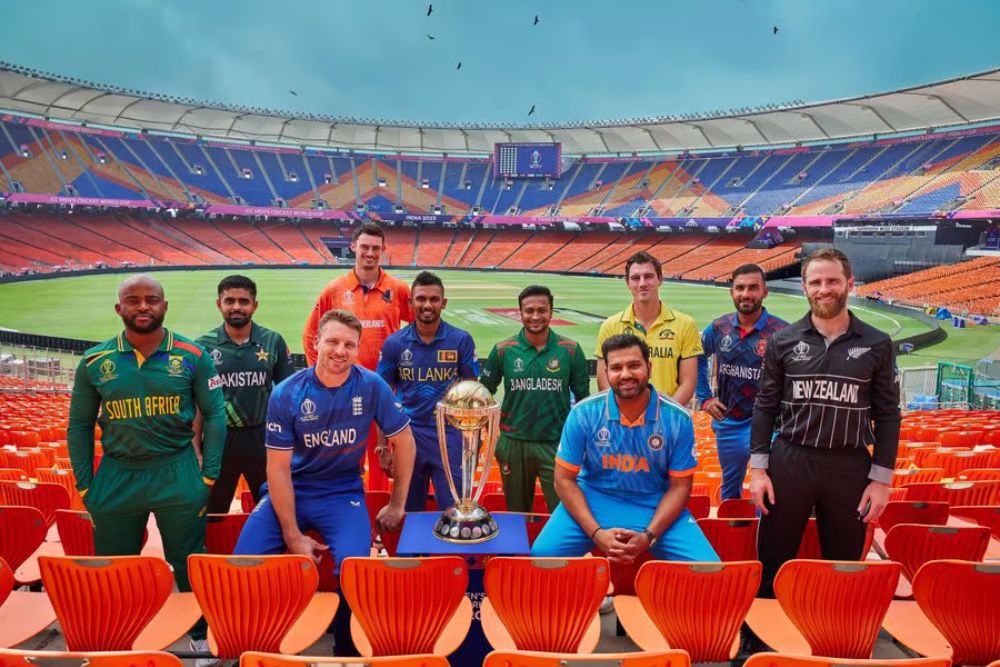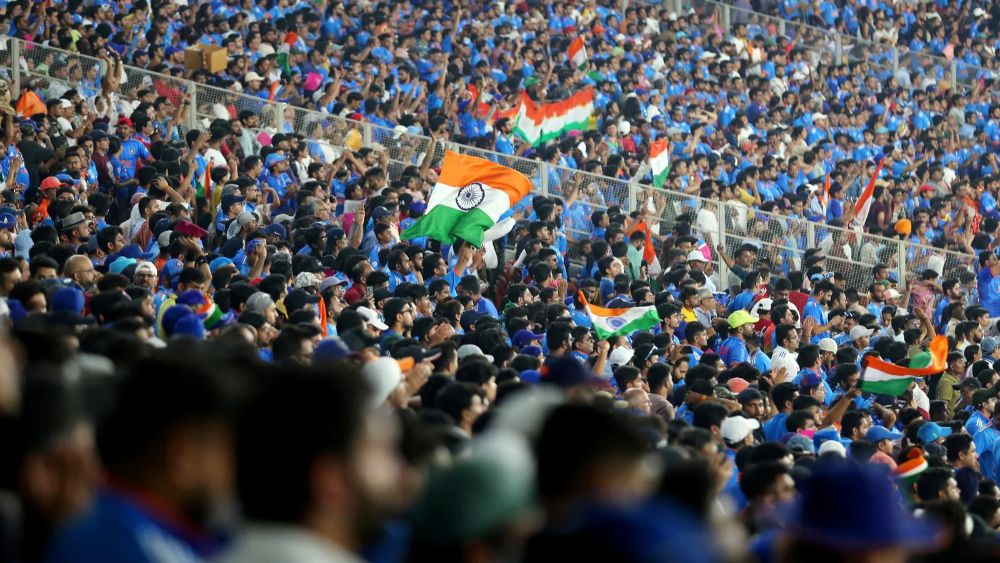The recently concluded ICC Men’s Cricket World Cup 2023 not only captivated cricket enthusiasts worldwide but also left a lasting impact on global payment trends and travel patterns. According to a comprehensive study conducted by Visa, the tournament witnessed a remarkable 12.5 per cent growth in contactless cross-border transactions compared to the pre-festive season in July 2023.

Contactless Transactions Surge During World Cup
Visa’s review highlighted a significant shift in payment behaviour, with at least 36 per cent of cross-border transactions in India being contactless. This figure reflects a striking 2X increase compared to total domestic contactless transactions, showcasing the growing preference for seamless and secure payment methods during the World Cup.
Travel Boom Triggered by Cricket Fever

The allure of witnessing top cricketing nations competing on the field during the ICC Men’s Cricket World Cup acted as a powerful motivator, sparking a travel boom in India. This phenomenon aligns with the global trend observed during major sporting and cultural events, as seen in the record turnout for the UEFA Final in Istanbul and surging room rates during Taylor Swift tours.
International Travelers Flock to India
The return of the World Cup Cricket event to India after a 12-year hiatus led to a surge in international travellers visiting the country during the 46-day extravaganza. The World Cup period witnessed a substantial increase in visitors from both participating and non-participating nations, resulting in soaring airfares to key venues like Ahmedabad (50-60%), Mumbai (40-50%), and Kolkata (30-40%).

Impact on Travel Budgets
Skyscanner’s Travel in Focus Report revealed that 75 percent of respondents were willing to expand their travel budgets to experience live cricket matches. The proximity of the World Cup to Diwali further extended travel plans, with international visitors exploring destinations beyond match venues, including Jaipur, Agra, Goa, Varanasi, and Udaipur.
Spending Patterns and Economic Impact
Among the participating nations, England, Australia, South Africa, and Bangladesh emerged as the leading contributors to expenditures during World Cup matches in India. Key merchant categories such as clothing and accessories, restaurants, and retail goods experienced significant increases in cross-border expenditures.

Lengthy Stays and Accommodation Surge
The average stay of international audiences during the World Cup was 11 days, with visitors from New Zealand opting for longer durations. Hotels, guesthouses, and other accommodations in host cities experienced a notable spike in bookings. Premium hotels achieved near-full occupancy, especially during high-profile matches, leading to a 20-30% increase in room rates compared to non-event days.

The ICC Men’s Cricket World Cup 2023 not only showcased the pinnacle of cricketing prowess but also left an indelible mark on India’s economic landscape. The surge in contactless transactions, coupled with the unprecedented travel boom, underscores the profound impact major sporting events can have on both consumer behaviour and the tourism industry. As India played host to cricketing nations and fans alike, the World Cup served as a catalyst for economic growth and cultural exchange, leaving a legacy beyond the boundaries of the cricket field.
